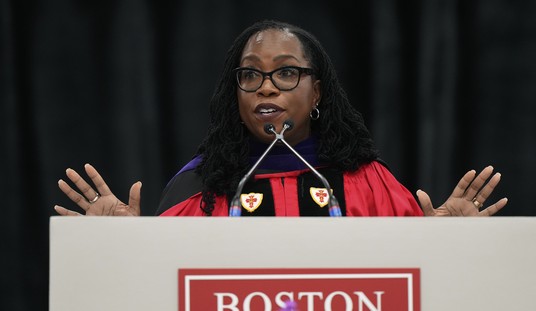Over at the Libertas film blog, David Ross reviews the recent documentary Page One: Inside the New York Times, which is now available on DVD at Amazon, and in streaming format at both Amazon and Netflix. I haven’t watched the film yet though, for reasons that Ross explains in his bracing and lengthy (at least for a blog post) review. After taking a blowtorch to Thomas Friedman, Gail Collins, Alessandra Stanley, Michiko Kakutani, Paul Krugman, and other high priests of the very secular Times cult, Ross writes:
Whole books have been written about the Times‘ political biases (here), and the Times‘ own public editor has succinctly enough answered the question as to whether the Times is a liberal newspaper: “Of course it is” (here). In recent years, however, the Times’ biases have ever more blatantly trumped its journalistic ethics, a state of affairs unthinkable in the days of Abe Rosenthal.
“We don’t do hit jobs,” one editor assures a source while the cameras of Page One roll. “That’s not the business we’re in.” It is the business you’re in, at least these days. Exhibit A is the assassin’s bullet of a piece the Times published during the 2008 election in which it suggested, without anything you’d call evidence, that John McCain had been romantically involved with a lobbyist (here). The article is a slimy stew of anonymous rumor and innuendo. Even liberal stalwarts like The New Republic and The Washington Post derided its malice and irresponsibility. The article was all the more outrageous given the Times‘ refusal to investigate John Edwards’ very real affair at a time when he was a frontrunner for the Democratic VP slot. The female victim of the Times‘ smear filed a $27 million lawsuit, and the Times eventually issued a groveling apology (here). What was most remarkable about the article was that it appeared in the paper at all.
This story, and a similar recent attack on Rep. Darrell Issa (here), are far more damning than the more notorious Blair or Miller scandals, in my opinion. The latter represent institutional mistakes; the attacks on McCain and Issa represent institutional policy: a deliberate suspension of the usual journalistic ethics to further a partisan objective. As an amateur student of journalism, I can’t guess what motivates the Times‘ self-destructive tilting at windmills that have the capacity to tilt right back. Has the Times become a raving and delusional Quixote or is there some underlying financial logic to its self-repositioning as a rag of the left? The answer is unclear.
Page One has literally nothing to say about any of this. It admits that the Times, like nearly every other newspaper in contemporary America, is teetering on the edge of the abyss. It details plunging stock prices, newsroom layoffs, and stumbling attempts to devise new revenue models in the age of the Internet. These technological and macroeconomic challenges are very real, but Page One ignores the fact that Times has maximized its own vulnerability by systematically alienating more than 50% of its potential market (conservative and Red State types) and by producing a newspaper that’s so hard to enjoy at the sentence level, whatever one’s politics.
At the start of the 20th century, H. L. Mencken discovered Friedrich Nietzsche, assigned himself to the steno pool of Nietzsche’s übermensch army, and promptly went to war against the conservative bourgeoisie of America. As with the recently deceased Christopher Hitchens, it was fun watching a man armed with writing chops the level of Mencken’s fight a one-man battle with the heart of American conventional wisdom. In the first half of the 20th century, Mencken’s prose and its widespread influence helped to revitalize his profession.
But when everyone in his profession decides he’s the second coming of Mencken, the result is a uniformly punitive corporate snark that’s exhausting for the readers. (See also: disastrous results of an entire society drinking Nietzsche’s Kool-Aid. And no, that last sentence isn’t referring to what you think it is, but actually, this.) Today, it’s essentially the entire industry of Old Media that’s at war with half of America — with the Times’ HQ serving as the Bobo equivalent of Dr. Strangelove’s War Room — even as newspapers keep wondering why their readership and stock prices have crumbled.
That’s the Big Story here, and because the filmmakers share the same uber-elitist PC ideology as the journalists who make the inedible sausage at the Gray Lady, they’re either completely unaware of it, or simply look the other way. Ross’s review makes Page One sound like the equivalent of The September Issue, the documentary filmed inside Vogue magazine at the height of its fashion industry influence and gigantic self-importance in mid-2007. Similarly, if it serves any purpose other than to inflate the egos of its subject, Page One may very well survive primarily as a time capsule photograph of the swells parading the deck of the Titanic as the icebergs move that much closer into view.










Join the conversation as a VIP Member